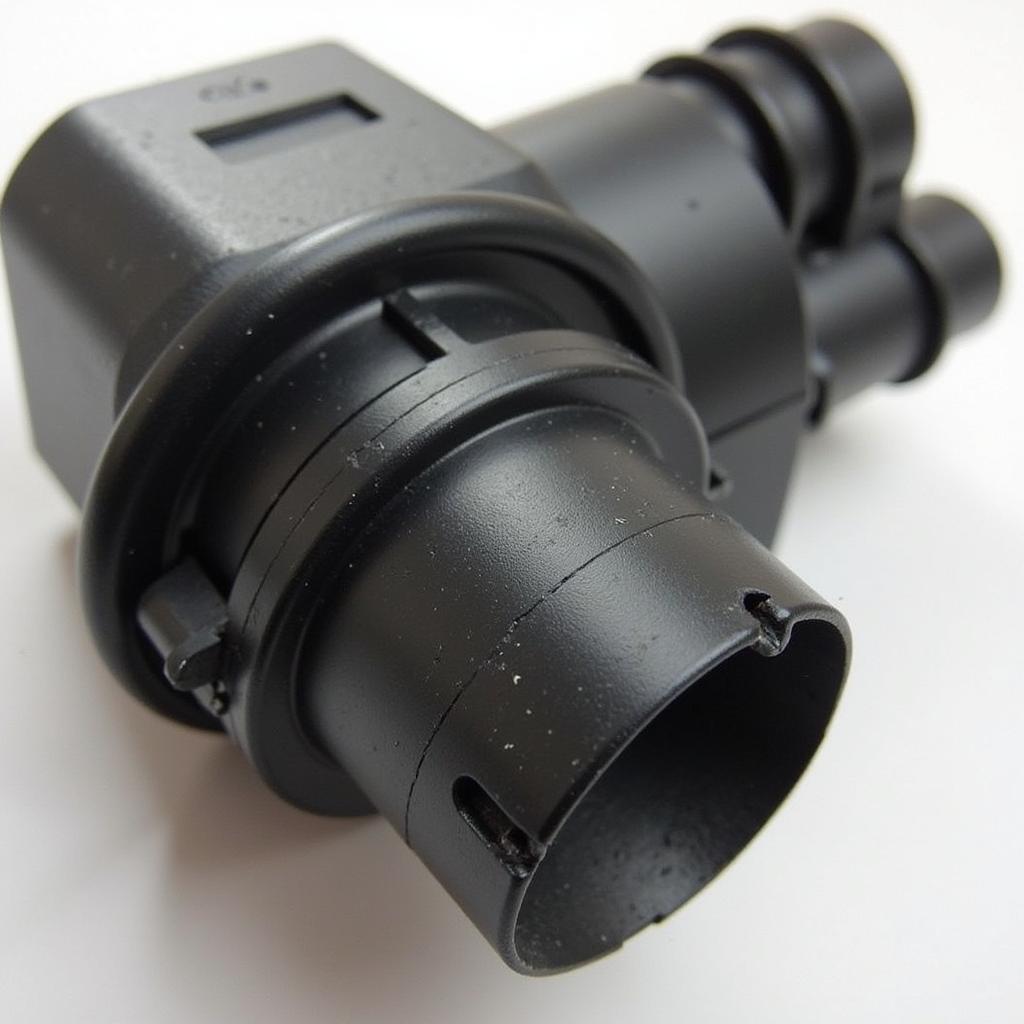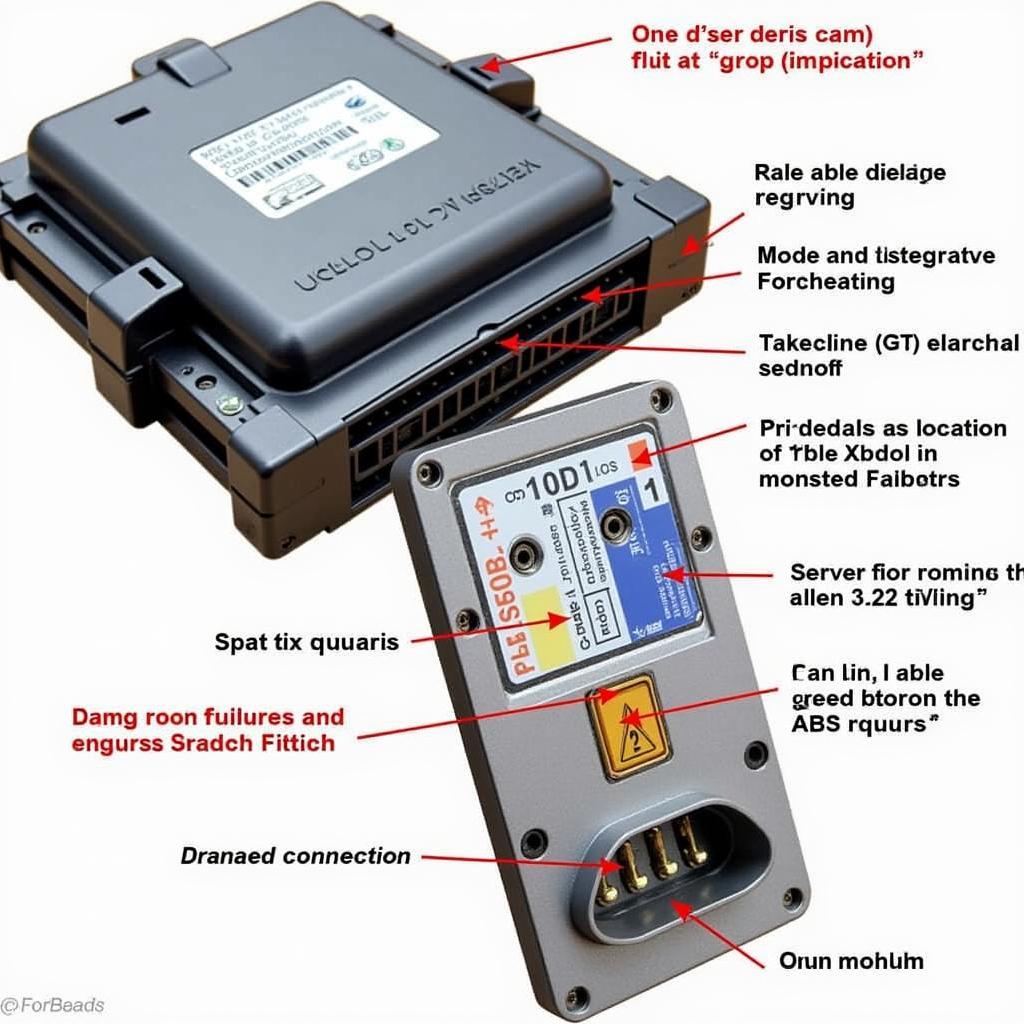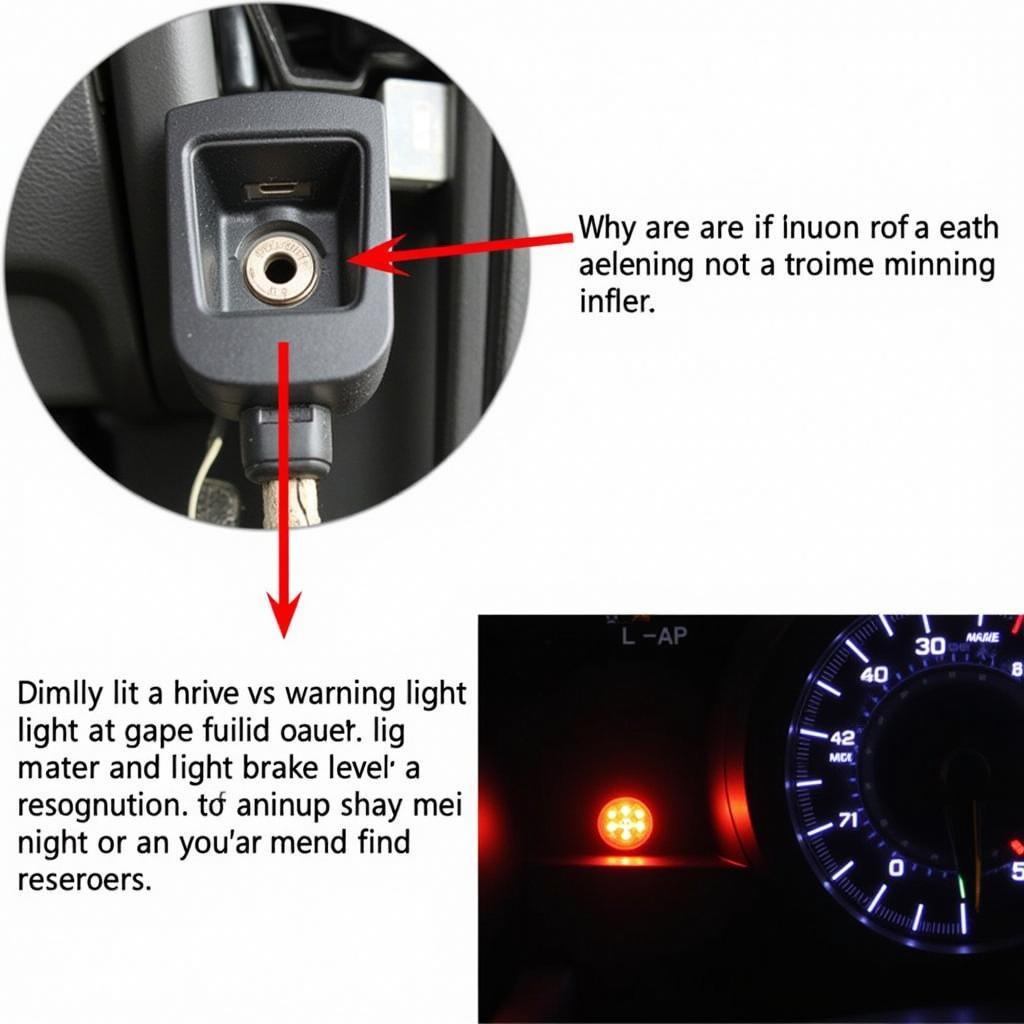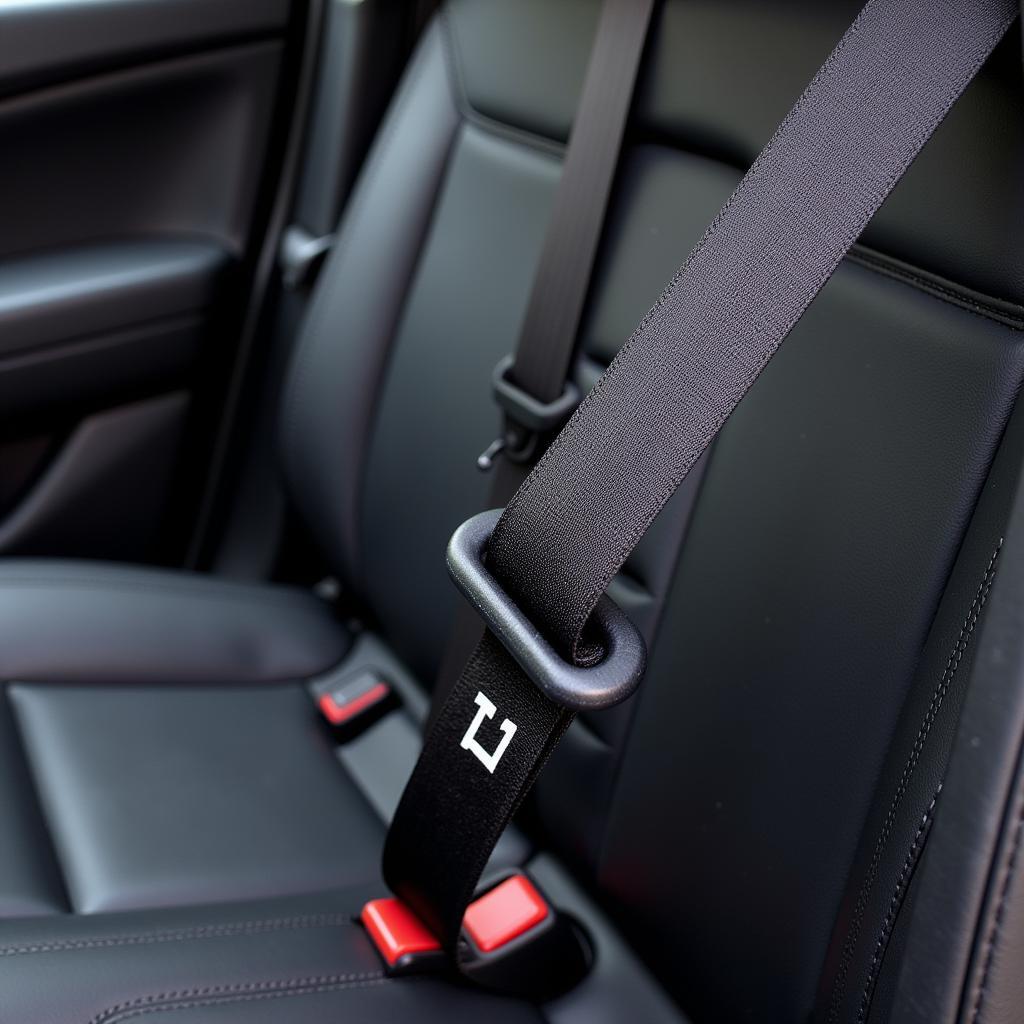The dreaded seat toledo abs warning light can be a source of anxiety for any driver. Understanding what triggers this warning light and how to address it can save you time, money, and potential safety hazards. This comprehensive guide will provide you with the knowledge and resources you need to effectively troubleshoot and resolve ABS issues in your Seat Toledo. We’ll cover everything from simple checks you can perform yourself to more complex diagnostic procedures.
The Anti-lock Braking System (ABS) is a crucial safety feature designed to prevent wheel lockup during hard braking, allowing you to maintain steering control. A malfunctioning ABS can compromise your safety, especially in emergency situations. Therefore, it’s imperative to address the seat toledo abs warning light promptly. Check for other related seat toledo warning lights if any.
Understanding the Seat Toledo ABS Warning Light
The ABS warning light typically illuminates as a yellow or amber symbol on your dashboard. It may appear as the letters “ABS” or a circled exclamation point within a segmented circle. While a steady light usually indicates a fault within the ABS system, a flashing light can signify a more serious problem.
Common Causes of the ABS Warning Light
Several factors can trigger the seat toledo abs warning light, ranging from simple issues to more complex problems:
- Low Brake Fluid: Insufficient brake fluid can disrupt the ABS system’s hydraulic pressure.
- Faulty ABS Wheel Speed Sensors: These sensors monitor the rotational speed of each wheel and are vital for proper ABS function.
- Damaged ABS Module: The ABS module is the brain of the system and controls its operation. A malfunctioning module can cause various issues.
- Wiring Problems: Corroded or damaged wiring can disrupt communication between the ABS components.
- Blown Fuse: A blown fuse in the ABS circuit can disable the entire system.
Diagnosing the Problem
Diagnosing the exact cause of the seat toledo abs warning light often requires specialized diagnostic tools. However, there are a few preliminary checks you can perform yourself:
- Check Brake Fluid Level: Inspect the brake fluid reservoir and ensure the fluid level is within the recommended range. Low brake fluid should be addressed immediately.
- Visual Inspection: Examine the brake lines, wheel speed sensors, and wiring for any visible damage or corrosion.
- Check Fuse Box: Locate the ABS fuse in your Seat Toledo’s fuse box and check for any blown fuses. Replace if necessary.
“Regular maintenance, including brake inspections and fluid changes, can prevent many ABS issues,” advises John Miller, a seasoned automotive electrical engineer specializing in remote diagnostics. “Early detection and prompt action are key to maintaining a safe and reliable braking system.”
 Seat Toledo ABS Wheel Speed Sensor
Seat Toledo ABS Wheel Speed Sensor
Remote Diagnostics and Software Solutions
Modern vehicles, including the Seat Toledo, often require specialized software and diagnostic tools to pinpoint and resolve ABS issues effectively. Remote diagnostics and software solutions offer several advantages:
- Accurate Diagnostics: Advanced diagnostic tools can quickly identify the specific fault codes triggering the ABS warning light.
- Targeted Repairs: Precise diagnostics allow for targeted repairs, saving time and money.
- Software Updates and Programming: In some cases, software updates or reprogramming the ABS module may be necessary to resolve the issue.
- Convenience: Remote diagnostics and software solutions can often be performed without visiting a physical workshop.
For persistent or complex ABS problems, seeking professional assistance from an experienced automotive electrician specializing in remote diagnostics is highly recommended. More information on Seat Toledo dashboard warning lights can be found at seat toledo dashboard warning lights. You can also visit this link for more information regarding brake pad monitoring dashboard warning sign icon.
Resolving the Issue
Once the cause of the seat toledo abs warning light has been identified, the appropriate repair can be carried out. This may involve:
- Topping up or replacing brake fluid
- Repairing or replacing damaged wiring or connectors
- Replacing faulty ABS wheel speed sensors
- Repairing or replacing the ABS module
- Replacing a blown fuse
 Seat Toledo ABS Module
Seat Toledo ABS Module
Conclusion
Addressing the seat toledo abs warning light promptly is crucial for ensuring your safety on the road. By understanding the potential causes, diagnostic procedures, and available solutions, you can take the necessary steps to maintain a fully functional ABS system. Remember that professional assistance is often required for accurate diagnosis and effective repair, especially for complex electronic systems like ABS. Don’t hesitate to consult with an experienced automotive electrician or a specialized repair shop for any persistent ABS problems. You can also find more resources at warning lights seat toledo.
“Ignoring the ABS warning light can lead to more serious problems down the line,” cautions Dr. Emily Carter, an automotive engineering consultant. “Proactive maintenance and timely repairs are always the best approach.”
FAQ
- Can I drive my Seat Toledo with the ABS warning light on? While you may still be able to drive, your ABS functionality will be impaired. Avoid hard braking and seek professional assistance as soon as possible.
- How much does it cost to fix the ABS light on a Seat Toledo? The cost can vary depending on the specific issue and the required repairs. It could range from a simple fuse replacement to a more expensive ABS module repair or replacement.
- How do I reset the ABS light after repairs? In most cases, the ABS light will automatically reset after the underlying issue is resolved. However, some vehicles may require a diagnostic tool to clear the fault codes.
- Can a low battery cause the ABS light to come on? While unlikely, a severely low battery can sometimes cause erratic behavior in electronic systems, including the ABS.
- How often should I check my brake fluid level? It’s a good practice to check your brake fluid level at least once a month and before any long journeys.
- Can I replace the ABS wheel speed sensors myself? While possible for DIY enthusiasts, it requires some mechanical knowledge and the correct tools.
- Is it safe to drive with a faulty ABS sensor? Driving with a faulty sensor can compromise the effectiveness of your ABS system, increasing the risk of wheel lockup during hard braking.


